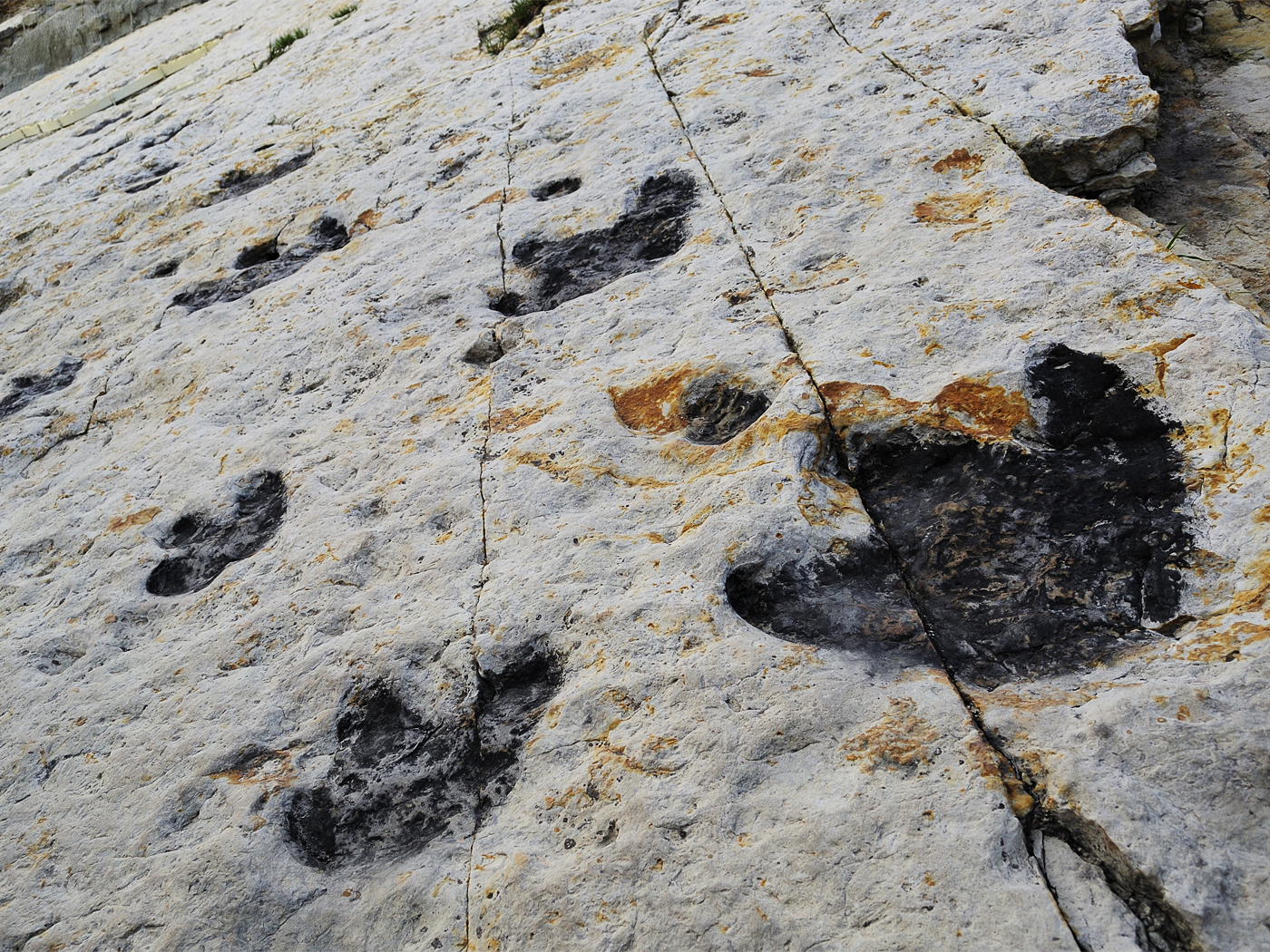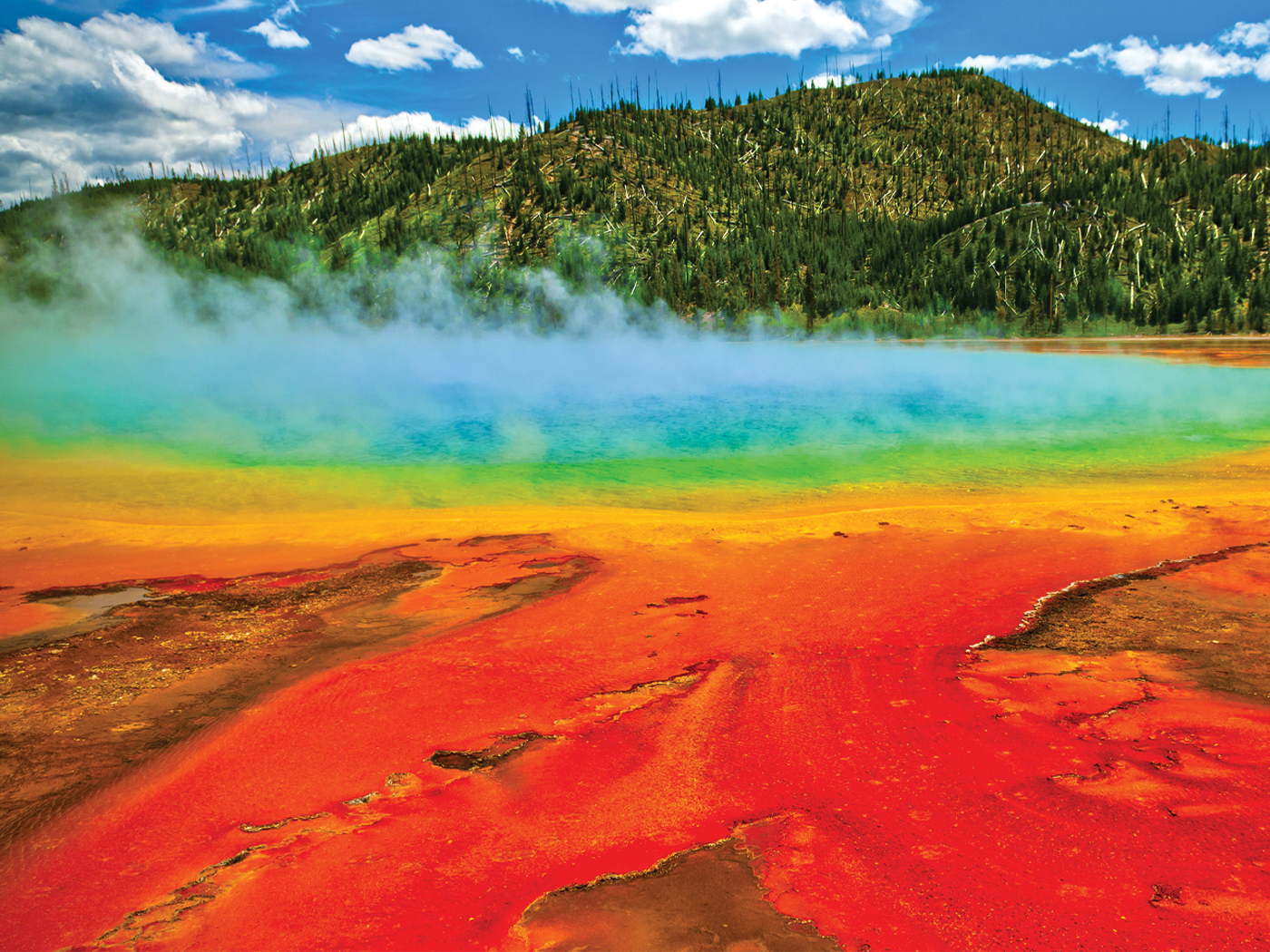A giant “dinosaur age” trapdoor spider fossil has been unearthed from McGraths Flat in central New South Wales, Australia.
The Zoological Journal of the Linnean Society described the amazing preservation of fauna and flora of the McGraths Flat;
A newly documented Australian fossil site, named McGraths Flat, provides a rare glimpse into the rainforests that were once prevalent across the continent. The site has been dated to the Miocene and is 11-16 Myr old. It preserves insects, fishes, leaves and flowers with high fidelity.1
This brush-footed trapdoor spider is named Megamonodontium mccluskyi and is part of this well-preserved assemblage.
McCurry et al went on to say,
Mygalomorph spiders [a large group that includes the funnel-web and tarantula] have been present on the Australian landmass since before the break-up of Gondwana. Today, mygalomorphs are represented on the continent by a diverse fauna of 12 families. Despite this extensive evolutionary history, only one fossil mygalomorph spider has been found in Australia: Edwa maryae from the Triassic of Queensland.1
This is a significant and wonderful find for creationists for a number of reasons. To begin with, the find is a 100% spider with traits and characteristics of the Barychelidae family, with the only significant difference being that the find is a lot larger than spiders of the Barychelidae family, measuring about 50mm (2 inches) from toe to toe. Big or small, spiders have always been spiders.
Secondly, it is amazingly well-preserved for a creature that does not have heavy shells, bones, or tough skin such as marine invertebrates or dinosaurs. As mentioned previously, there are fossils from this area that also show excellent preservation: “Microscopic studies of the fossils from McGraths Flat revealed an ‘amazing level’ of detailed preservation, scientists said.”2
One is reminded of a catastrophic flood that would bury these creatures suddenly and completely, leaving no room for scavenging, decay, or predation. And ICR’s previous research efforts have shown that the rocks this fossil spider was found in were indeed deposited during the receding phase of the Flood.3
The case for sudden burial in the (Flood) sediments of McGraths Flat is even stronger with an evolutionary publication discussing the discovery of Megamonodontium, as well as a smaller second spider fossil, Simaetha:
The second discovery is a diminutive jumping spider from the genus Simaetha. Although it is just 2 millimetres long, it is so well preserved that scientists can examine internal structures with detail down to a few nanometres. Microscopic images show the lenses of the spider’s frontal eyes and even smaller details, including its gastrointestinal tract and individual axons in its central nervous system.4
Additionally, in a 2010 article, ICR’s Dr. Brian Thomas described an incredibly well-preserved spider fossil from China:
The fossilized Plectreuridae spider was found in Daohugou in northern China, and its description was published in the German science journal Naturwissenshcaften. Microscopic examination revealed clear details of this soft-bodied creature. It was so much like its living counterpart...5
It’s the same story, over and over. Fossilized creatures—occasionally with detailed preservation—found in ‘ancient’ rocks turn out to be the same as the creatures of today, sometimes with minor variation.6
God created His creatures “after their kind,” and the fossil record clearly reflects this.7
References
- McCurry, Matthew R, Michael Frese, and Robert J Raven. 2023. “A Large Brush-Footed Trapdoor Spider (Mygalomorphae: Barychelidae) from the Miocene of Australia.” Zoological Journal of the Linnean Society XX (1-8).
- Sankaran, V. Exceptionally well-preserved ‘giant’ spider found in Australia. The Independent. Posted on independent.co.uk September 25, 2023, accessed September 26, 2023.
- Clarey, T. 2020. Carved in Stone: Geological Evidence of the Worldwide Flood. Dallas, TX: Institute for Creation Research.
- Vigil, A. Exquisite spider fossils from Australia offer clues to their evolution. New Scientist. Posted on newscientist.com September 21, 2023, accessed April 26, 2023.
- Thomas, B. Spectacular Spider is a Long-Living Fossil. Creation Science Update. Posted on ICR.org February 24, 2010, accessed September 26, 2023.
- Tomkins, J. Another Cambrian Discovery Discredits Evolution. Creation Science Update. Posted on ICR.org January 30, 2013, accessed September 29, 2023.
- Morris, J. and F. Sherwin. 2010. The Fossil Record: Unearthing the History of Life. Dallas, TX: Institute for Creation Research.
* Dr. Sherwin is science news writer at the Institute for Creation Research. He earned an M.A. in zoology from the University of Northern Colorado and received an Honorary Doctorate of Science from Pensacola Christian College.













